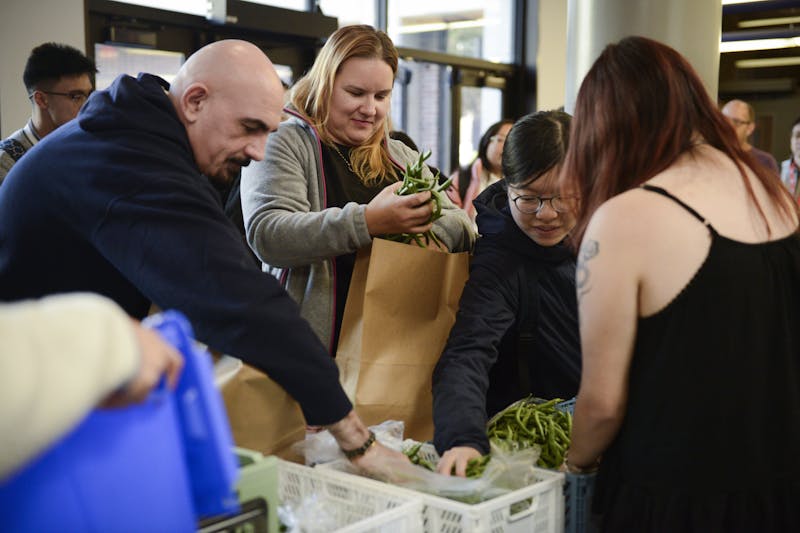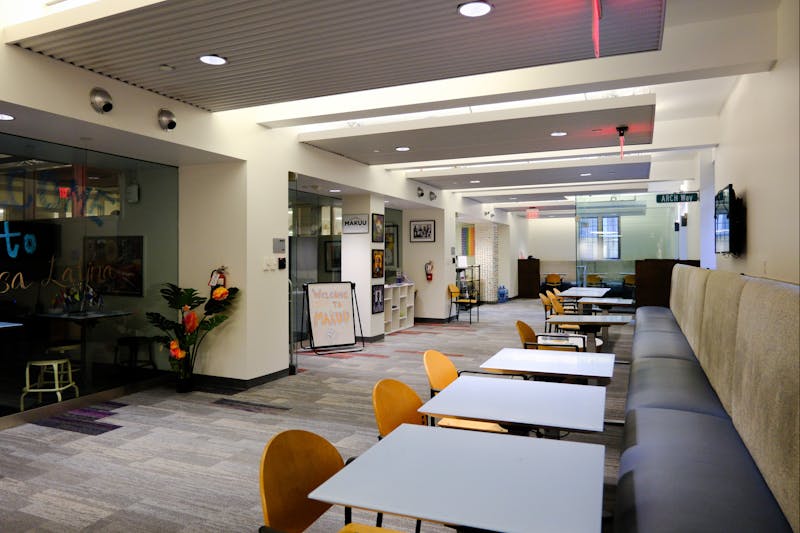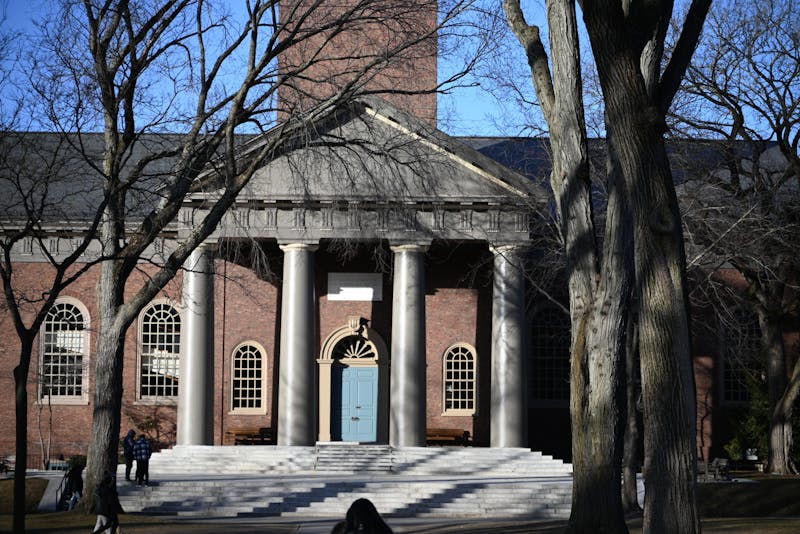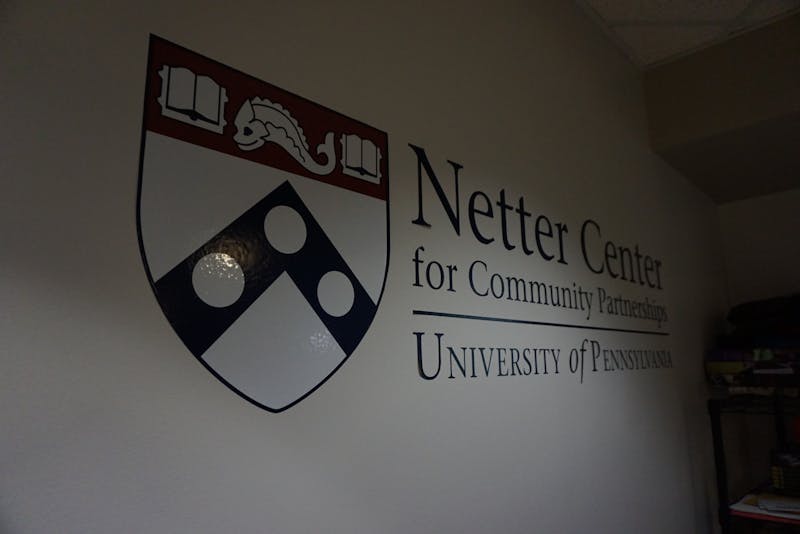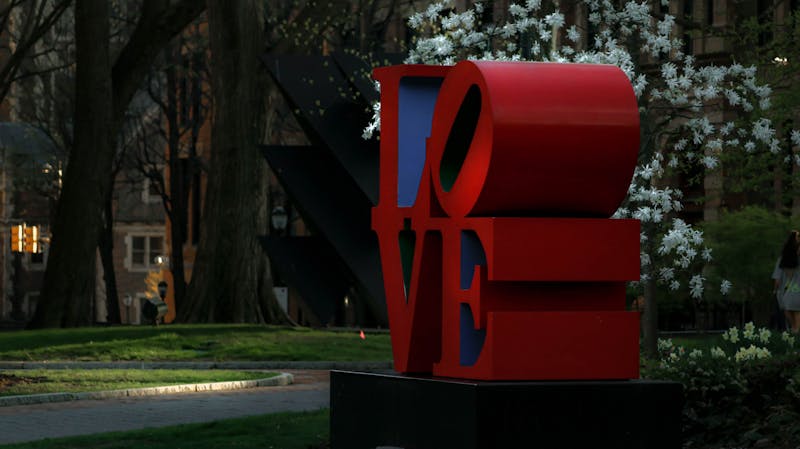
Recently, a fellow opinion columnist came out with a wonderful piece about the benefits of taking an ABCS course and encouraged everyone to take one. ABCS — Academically Based Community Service — courses are run by the Netter Center for Community Partnerships and directly focus on the community. Civic engagement is important, but the nature of community involvement at Penn is flawed.
The majority of ABCS classes at Penn involve sending students to high schools in the West Philadelphia community. While this is great, the Netter Center should focus more on community engagement rather than community intervention. Traditional ABCS courses foster the narrative that our institution is the instructor while the community is the learner. Even the name of this classification of courses suggests that Penn students are the ones doing the service, but I would argue that the West Philadelphia community has much that it can teach us.
The traditional ABCS framework furthers the notion that the West Philadelphia community is an “other” rather than a colleague.
This semester, I am a teaching assistant for a different kind of ABCS course. “August Wilson and Beyond” switches up the ABCS standard of sending Penn students into schools and instead brings West Philadelphia residents onto campus. These students include many elders from West Philadelphia — dubbed "community students" — who participate in class, ask questions, and are essentially equal in the classroom. A big part of the class is challenging stereotypes that Penn students have about our neighborhood, while also allowing community students to do the same.
In the classroom, we have discussions about how the West Philadelphia community has changed over the years. Hearing these elders tell stories of how their hometown has changed from one of mom-and-pop stores to university developments and expensive apartment buildings is a moving experience. As a junior who now lives off campus, it is important for me to know the history of the area I live in nine months of the year.
The class partners with local organizations like Paul Robeson House and Theatre in the X to put on events that the students run and organize alongside community members. Theatre in the X is a West Philadelphia theater company that strives to make theater accessible for the Black community. This class structure allows those attending Penn — many of whom are new to Philadelphia — to learn about the community through direct participation and quite literally forces them to venture past 40th Street.
Penn students seem to be confronting the ridiculous notion that we shouldn’t travel far off campus, and that initiative is important. But how is Penn programming encouraging collaboration? Our neighbor, Drexel University, has a program that utilizes an intergenerational home-sharing model to bring West Philadelphia residents and students together in affordable housing developments. Initiatives like this build community in a much different way than tutoring programs and after-school projects. According to the initiative Second Story Collective, their vision is that of a “shared living space and shared stories … a foundation for meaningful cohabitation.”
The University must do better in promoting initiatives to fit the desire and need for deeper collaboration. Not only do some Penn students not feel comfortable going off campus, but West Philadelphia residents also feel excluded. Physical markers that draw comfort for students—the Covenant sculpture by the high rises known as the “Tampons,” the Split Button — can serve as markers of unfamiliarity for others. Front-facing restaurants on the sidewalk — like the Penn Dining Sushi Spot advertised for “PennCard holders” on Spruce Street — also exemplify these divides.
The Tampons sit on an area that was once a popular housing block in West Philadelphia. The origin of the sculpture — as told by Penn — deals directly with gentrification and the relocation of previous residents. As our campus expands, these landmarks are a visible reminder of changes to the physical space. Penn students are entitled to spaces just for us, but looking at it from the perspective of a community resident can change the way we view our campus.
If we expect local schools to allow us through their doors, we should at the very least have our doors open too to provide community engagement courses. Courses for high school students are offered by Penn, but with financial barriers like the cost of credits and lack of engaging opportunities beyond high school, their impacts are limited.
I urge the Netter Center to focus more on community partnerships that place people on equal footing. Programs that engage residents of all ages should be available and would be much more equitable than the current classes offered. I’m not saying we cut out high school programs altogether, but we should expand the programming to include initiatives that allow neighborhood inhabitants on campus.
It may be radical, but creating programs in which West Philadelphia residents get to take the reins would lead to a more formidable and equitable neighborhood. Penn glorifies college kids as educators in an attempt to rectify the fact it doesn’t pay taxes to local schools. As a tax-exempt 501(c)(3) nonprofit organization, it doesn’t have to and hasn’t since 2000. Instead of banking on tutoring programs in lieu of funding, let's create a culture in which West Philadelphia is welcomed by Penn, both on and off campus.
MIA VESELY is a College junior studying philosophy, politics, and economics from Phoenix. Her email is mvesely@sas.upenn.edu.
The Daily Pennsylvanian is an independent, student-run newspaper. Please consider making a donation to support the coverage that shapes the University. Your generosity ensures a future of strong journalism at Penn.
Donate







